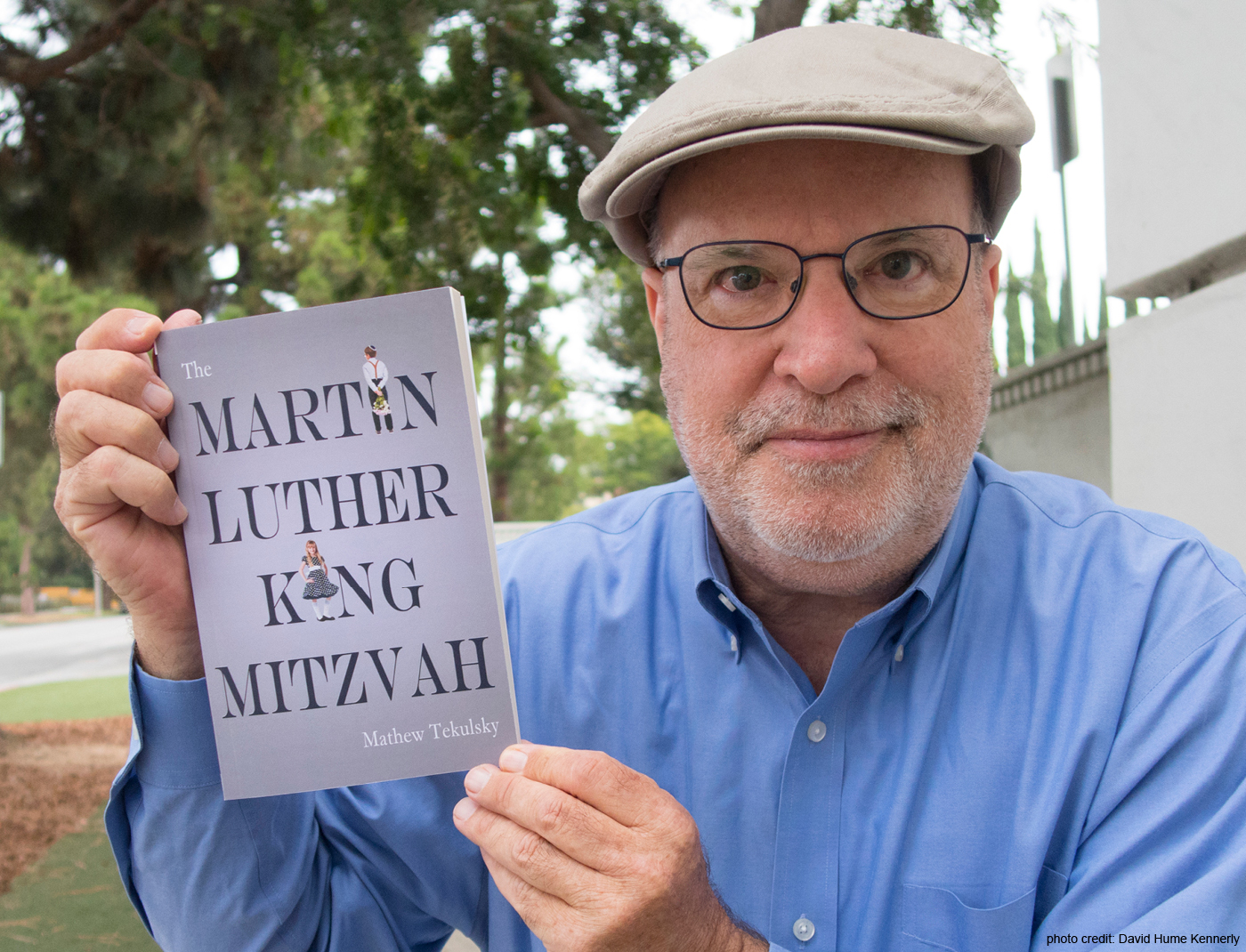The House Sparrow
One year, at the end of July, I decided to spend some time photographing the House Sparrows that were nesting in the cavities of the Spanish tiled roof of a house just down the street from me in the Brentwood Hills. I had seen the House Sparrows around this structure for years, but since the House Sparrow is not a native North American species (it’s originally from Europe and Asia), I had concluded that it really wasn’t worth the effort to observe it in action.
This was a big mistake, because the House Sparrow is an infinitely fascinating bird. Let me tell you why.
At the first nesting cavity that I discovered, there were three chicks in residence, all of which were close to fledging. They stuck their little heads out of the black hole and screeched for their parents to bring them food. This the male and female adult house sparrows did in spades.
One minute, the female arrived with a green bug in her beak—wings and all. The next minute, the male appeared with a crushed up brown bug of some kind wedged in his beak. Of course, they also brought an assortment of seeds to the chicks.
The adults perched briefly on the nearby stop sign, street sign, or on top of the house, before making their final foray to the nest. They chipped lightly to let the chicks know they were there, and also to scold me for hanging out with my camera and tripod just below the nest. Eventually, I outwaited the birds and they would flutter up to the nest about ten feet above me.
I noticed that the chicks had a gape that was rimmed with a yellow beak, pink palate, and even a vertical black strip along the roof of the mouth—clearly a directional signal for the presentation of food. No parent could miss it!
When the parent delivered food, he or she would grab onto a tiny ledge below the tile with their long claws, and they would also grab onto a stem that protruded from the nest with their left foot while stretching their body over to an open nestling beak—really quite acrobatic.
Meanwhile, they kept delivering moths, flies, caterpillars, beetles, grasshoppers, and seeds (probably gleaned from nearby bird feeders) to the nestlings. I took the opportunity to get some good close-up shots of the parents as they perched nearby with their beaks filled with this stuff. Often, the legs of the insect victim were sticking out of both sides of the bird’s beak.
As for the chicks, they learned to cheep in anticipation of their parent’s arrival—and the parents in turn kept in communication with the chicks by chipping lightly (so as not to attract the attention of predators?) from time to time.
At one point, I saw such a clump of insect material in the female’s beak that it dawned on me that the parent arrives with more than one insect in tow. In other words, they gather a bunch of insects together to make the most out of each trip. After all, they had three hungry mouths to feed!
In one visit, the female jammed some insect material down the throat of one of the chicks so forcefully that she drove the head of the chick right back into the nest cavity. A moment later, she was feeding the chick next to the first one. After the feeding session was over, she paused briefly, clinging to the side of the house with those long claws, took a quick look at me, and then she flew off.
By the time Day Four of this feeding behavior arrived, the male and female House Sparrow were so used to me that they allowed me to photograph them from up close (so that I could see a ladybug in the beak of the male), and they flew into the nest more often than on the first three days. Those chicks were sure getting plenty to eat!
By Day Five, the chicks had gotten larger, and when they stuck their heads out of the cavity in the tile, they looked like a group of folks in the balcony of a show. Cars passed by every few minutes, but the chicks didn’t seem to mind. When the female became irritated with me, she would display her wings just off of her body, but then she would go right back to her business.
The following morning, I went back to the nest, and all three chicks were gone. They must have all fledged at daybreak. I thought that was it with the House Sparrows, but six days later, I discovered a little chick peering out of a nest cavity around the corner in the tile roof from the first nest. Oh no, I thought, here we go again, and thus followed three days of intense photography of this charming fellow and his mother, who arrived every few minutes with more and more food.
When the female perched on the roof and stretched out with the food, the nestling pulled its entire body out of the nest, just holding onto the tile with its claws and fluttering its wings. During one visit when the female clung to the side of the tile, the chick’s head was actually facing the pavement of the driveway below, and I really thought the chick might fall out of the nest—but he quickly pulled himself back in.
At one point, the chick turned its whole body around so that its rear end was sticking out of the nest, and it promptly ejected a white pellet of fecal matter—which I’m proud to say I captured in an image just as it emerged from the bird’s vent.
A strange note to end on, but there you are. After one more day of observing this chick, it too joined its brothers, sisters, and cousins to add to the joy of our neighborhood.



